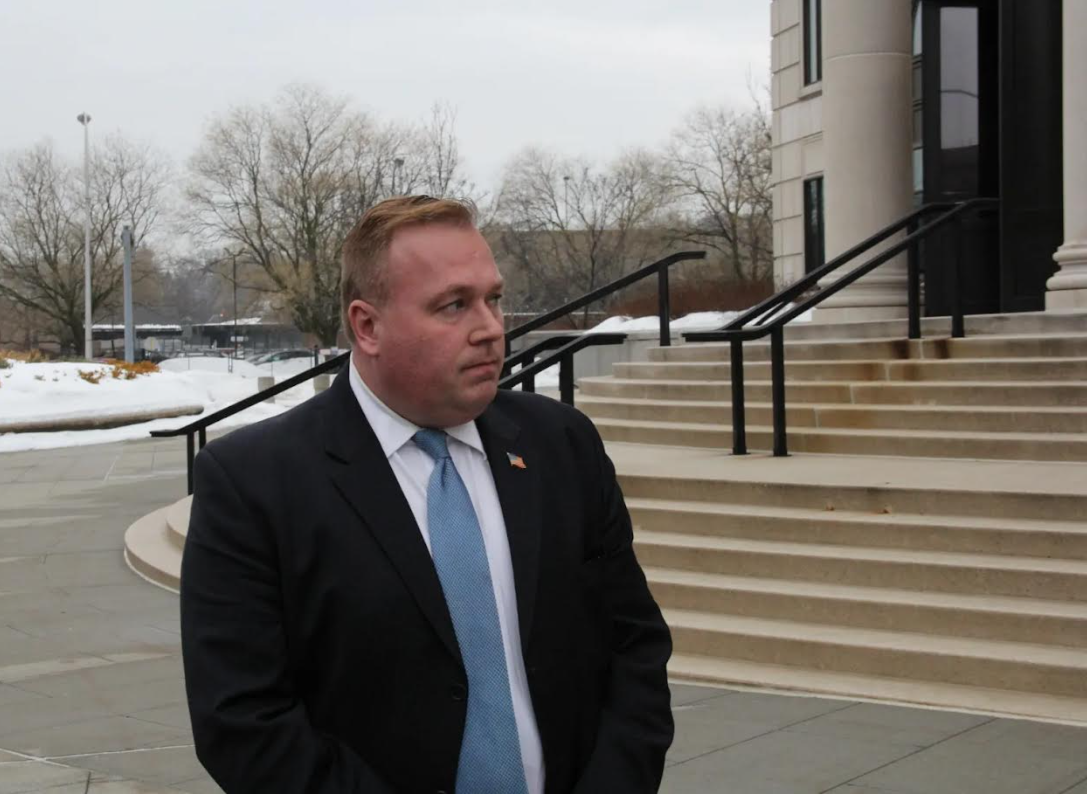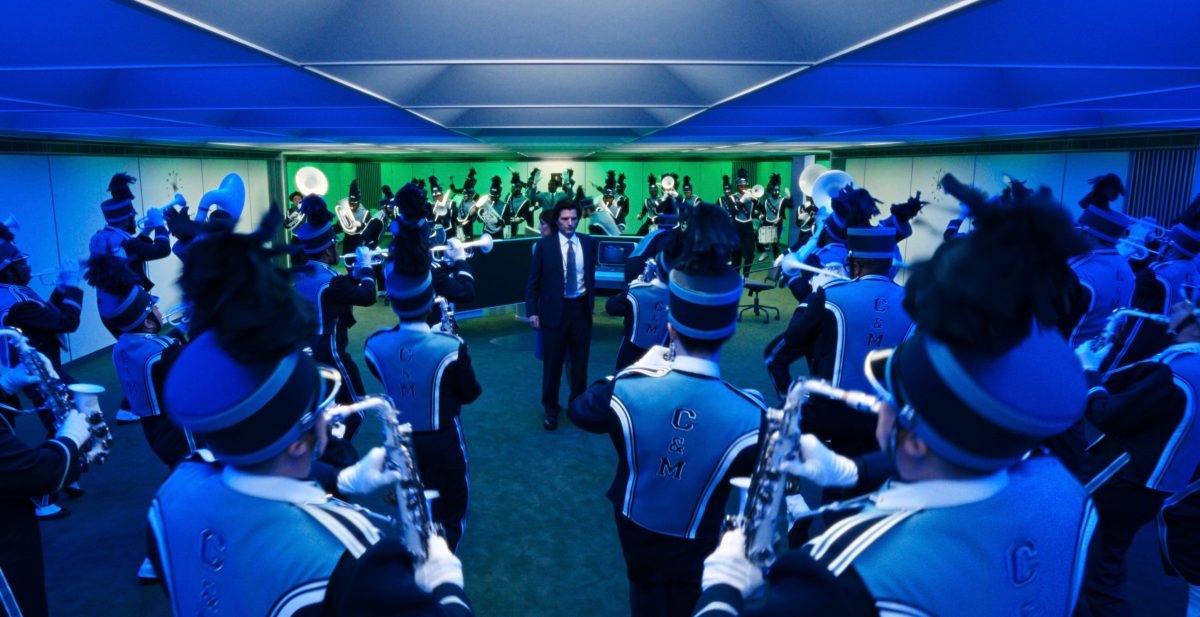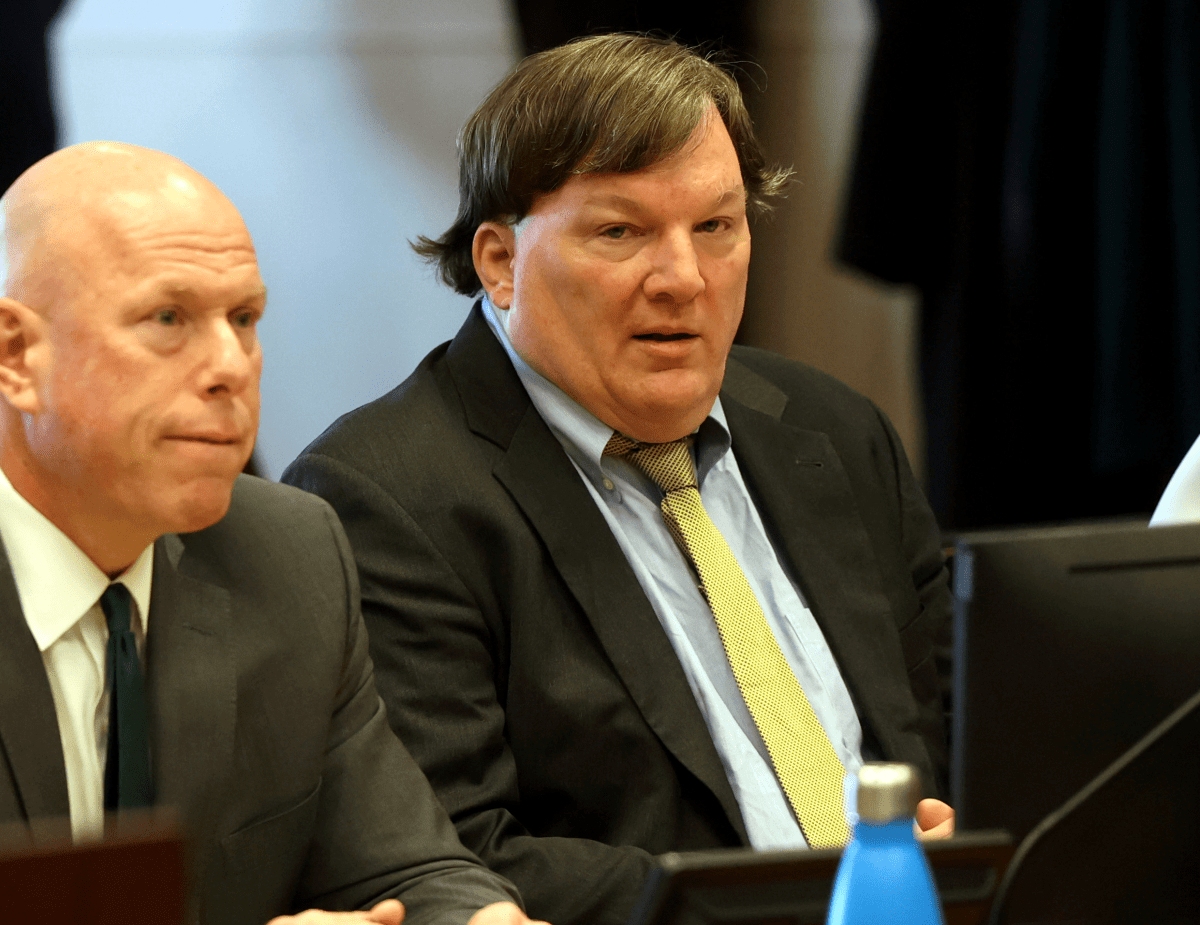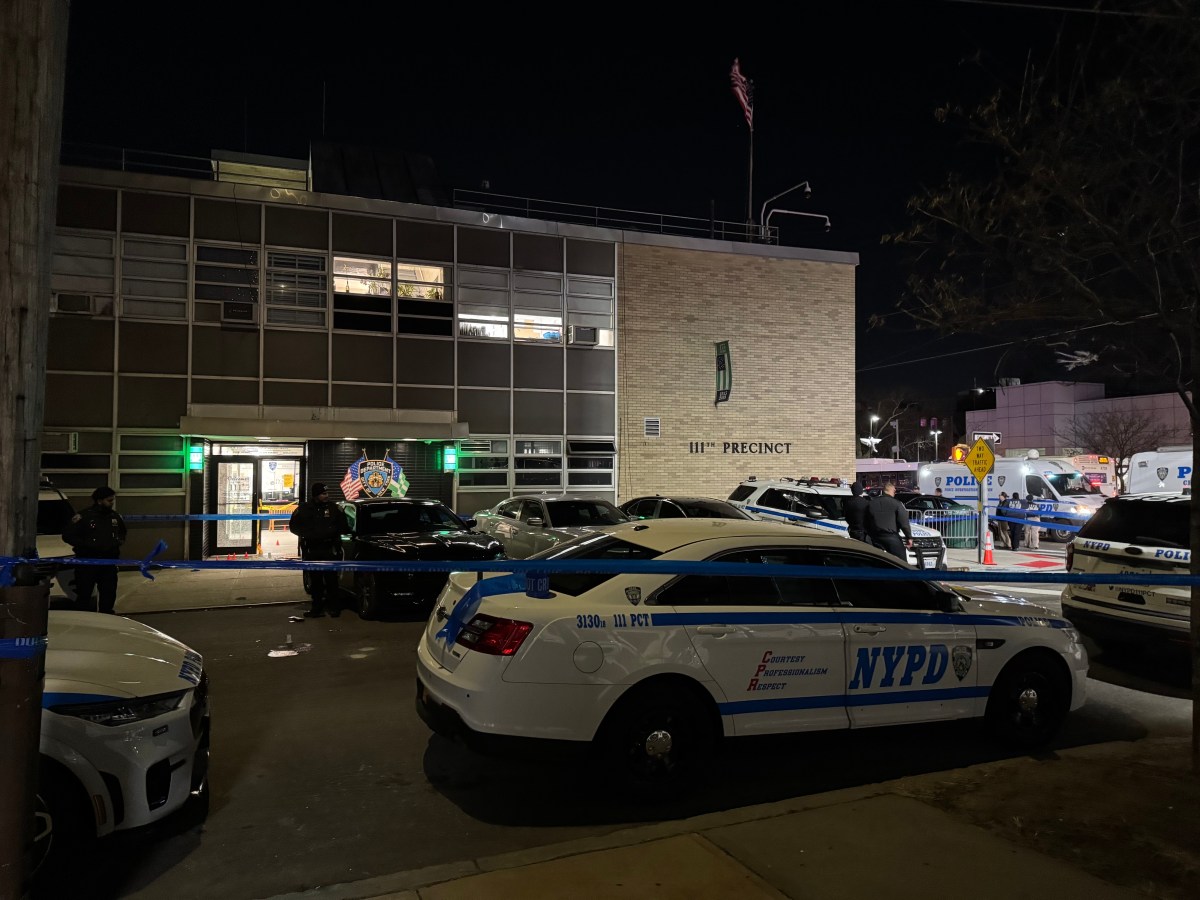In 2011, Steve Cohen failed to buy the Los Angeles Dodgers. Four years ago, his initial bid to take over his boyhood team, the New York Mets, fell through. But since he finally got the keys to the Queens club in 2020, the shockwaves that he’s sent through Major League Baseball have been incalculable.
Entering his third season at the helm of the New York Mets, Steve Cohen has already started to do just that. By putting together far-and-away the league’s highest payroll and sharing his views on Twitter with regularity, Cohen has become perhaps the most well-known owner in baseball and is pushing owners like Dallas Cowboys’ boss Jerry Jones to be the most significant owner in American sports.
Get amNY in your inbox!

With that recognition comes a contradictory relationship with baseball fans. To some, Cohen is beloved for his limit-testing and willingness to throw money around. To others, he is resented for upsetting the status quo and dispelling the potentially illusory idea of parity in baseball.
What everybody can agree on is that, under Cohen’s direction, the Mets have quickly gone from lovable losers to perennial contenders. This is no longer the team from the cost-conscious Wilpon years as Cohen is in the news constantly for his runaway spending in a league with no salary cap to constrain him.
The league even created a new tax in 2022, dubbed the “Steve Cohen Tax,” for teams that go a fourth tier above the luxury tax threshold. The new tier demands that a tax of 80% on the amount above the threshold must be paid for first-time offenders, 90% for second, and 110% for third.
“It’s better than a bridge being named after you,” Cohen said at the time.
Yet, the Mets haven’t stopped spending. In fact, Cohen said that the biggest lesson he learned from his failed attempt to buy the Dodgers 12 years ago was to “bid more.”
He’s been doing that on the free-agent market since taking over the Mets. This offseason, he set his sights on reigning AL Cy Young winner Justin Verlander whose $43.3 million salary will account for roughly one-eighth of the Met’s record-setting 2023 payroll.
When it comes to helping get his childhood team to the promised land, money is not an object for Cohen. In the New York Times article, he fondly remembered a day at the Polo Grounds with his father and also “slumming it” with friends in the Shea Stadium upper deck before being able to move to better seats as the stadium emptied.
Spending money on the Mets has been part of Cohen’s life prior to owning the team. For $400,000, he bought the baseball that squirted through Bill Buckner’s legs on the way to the Mets’ 1986 World Series title.
While Cohen is noted as “a famed bottom-line watcher,” he also has been open about the understanding that he would personally lose hundreds of millions of dollars on the Mets during his first few years. However, as an organization, the Mets are thriving.
According to Forbes, the Mets generated revenue of $244 million at Citi Field last season and a net income of $127 million, both record highs. Their previous best year was in 2009, the first year at Citi Field, when they generated revenue and net income of $180 million and $99 million, respectively. Last season also saw the Mets post an average home attendance of 33,000, which is the most fans through the turnstiles at Citi Field since 2009 when they averaged just under 39,000 per game.
The foot traffic coming back to Queens will only likely increase as Cohen continues to donate money prodigiously to city officials as he plans to transform the neighborhood around Citi Field into an entertainment hub.
“The redevelopment of the area around Citi Field has the potential to be a game changer for the borough and the region,” said Queens Chamber of Commerce President and CEO Tom Grech.
If he can pull it off, it will be just another way in which Steve Cohen is changing the game.
For more Mets coverage, like this Steve Cohen article, visit amNY Sports






































